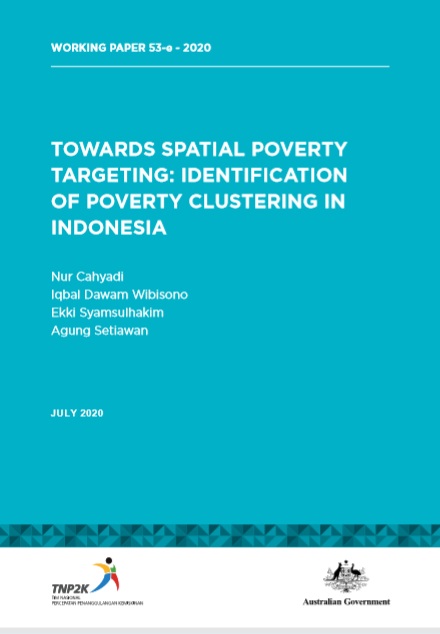Towards Spatial Poverty Targeting: Identification Of Poverty Clustering In Indonesia
The Government of Indonesia is facing a new challenge in tackling poverty since the pace of the fall in the poverty rate has been slowing over the five years to 2020. To date, poverty alleviation programs implemented by the Government of Indonesia have been limited to large administrative areas such as the district (kabupaten) level. For this study, we combined the Poverty Livelihood Map of Indonesia 2015 (Poverty Maps) that measures Small Area Estimation to estimate poverty at the subdistrict (kecamatan) level using National Socioeconomic Survey Data (Susenas), with Census of Village Potential (Podes) datasets and Census Base Maps. This study aims to explore spatial patterns of poverty in Indonesia in relation to local geographic and demographic characteristics. We employed Global Moran’s I to investigate the spatial autocorrelation of the poverty at kecamatan level, and Local Moran’s I to detect the clustering pattern of poverty in wider geographical area in Indonesia. Furthermore, we estimated the association of poverty with spatial factors using spatial lag regression because poverty is spatially correlated across areas. The data show that hot spots of poverty are concentrated in many adjacent subdistrics and can be located across neighboring district. We found strong clusters of poverty of subdistricts in Indonesia. The spatial lag regression showed that factors such as agriculture, natural landscape (area located in uplands, woodland, sea, and river), physical infrastructures (road access and irrigation availability), access to basic facilities (health, education, and economy) are significantly correlated with poverty clustering.
